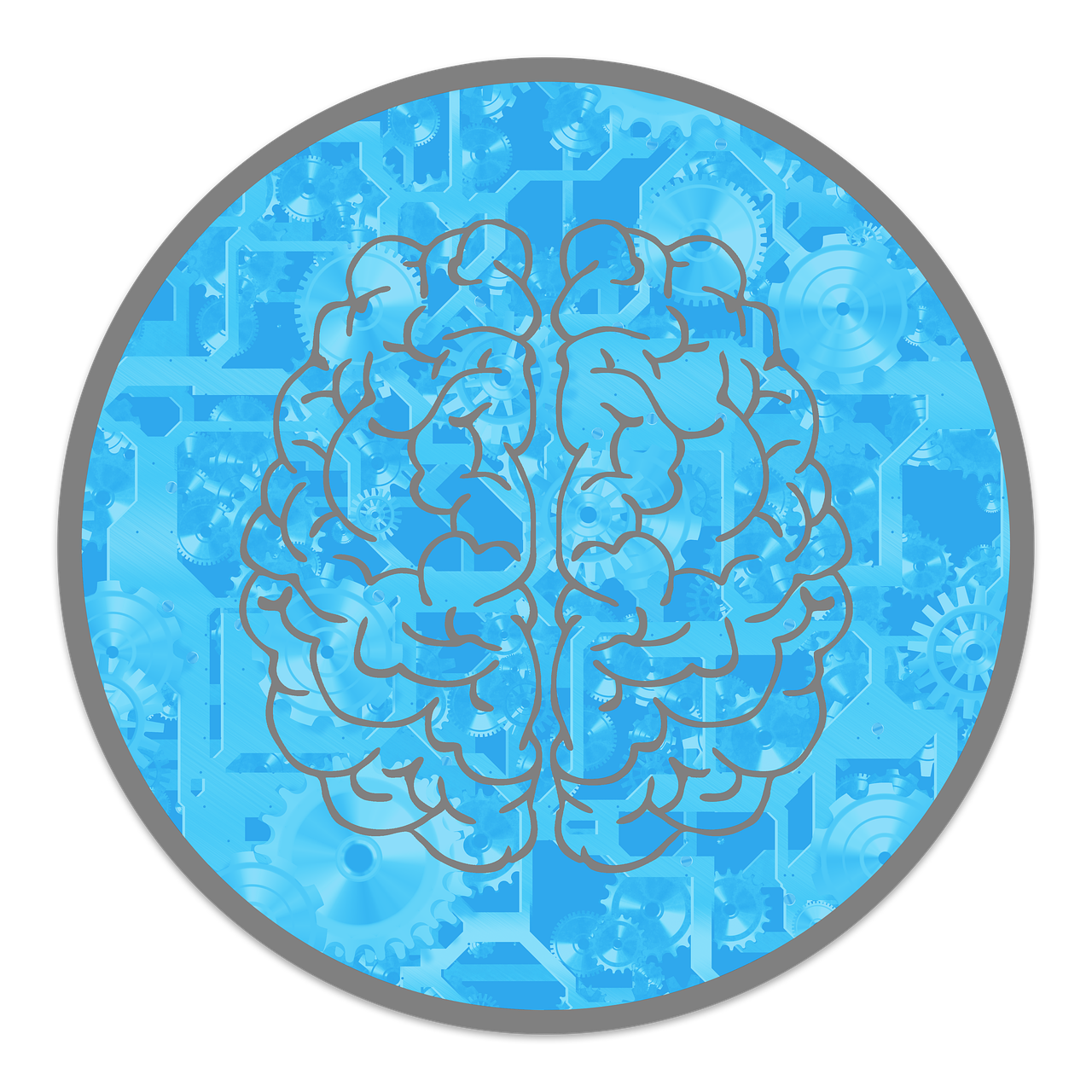
The Holy Grail is a symbol that has captivated human imagination for centuries.
Shrouded in mystery, it has been associated with religious rituals, mythologies, and adventurous quests.
From ancient legends to modern movies, the Grail has evolved into a powerful symbol of purity, enlightenment, and even power.
But what is the true nature of the Holy Grail?
Is it simply a religious symbol, or does it represent something deeper—perhaps a hidden truth or a lost treasure?
The Holy Grail in Religious Symbolism
Christian interpretations
Christian interpretations of the Holy Grail have varied over the centuries.
In the Middle Ages, stories of knights embarking on a sacred quest to find the Grail became widespread.
These quests were not only physical journeys but spiritual ones, symbolizing the knight’s pursuit of moral and spiritual perfection.
The Grail was often portrayed as a test of character—only those pure of heart or who had completed their spiritual trials could succeed in finding it.
One of the most famous versions of the Grail legend is found in the medieval story of Perceval by Chrétien de Troyes.
This tale introduced the idea of the Grail as a mysterious, almost unattainable object that only the purest of knights could find.
The search for the Grail in these tales was both a literal and figurative journey, one that explored themes of faith, purity, and redemption.
The Grail has also been depicted as a source of immense power.
In some versions of the story, the Grail’s possession grants immortality, wisdom, or miraculous healing abilities.
These ideas have made the Grail a powerful symbol of both divine intervention and human aspiration.
- Read also: Top 10 Sumerian Mythology Facts: Uncovering The World of Sumerian
- Read also: Mayan Mythology: A Journey through the Ancient Civilization
Other religious and mythological connections
The Holy Grail is not exclusive to Christianity.
Similar legends and objects appear in various mythologies and religious traditions around the world.
Celtic mythology
In Celtic mythology, there are numerous stories of magical cauldrons or vessels that provide life-sustaining food, healing powers, and wisdom.
These mythical vessels bear striking similarities to the Christian concept of the Grail, suggesting that the idea of a sacred object with life-giving powers may be an archetypal symbol found across cultures.
Hinduism
In Hinduism, the concept of a “Divine Cup” exists in the form of the Amrita, the nectar of immortality that the gods sought during the mythological churning of the ocean.
This elixir was believed to grant eternal life, paralleling the life-giving properties often attributed to the Holy Grail.
Ancient Greece
Even in ancient Greece, there were references to sacred vessels that contained divine wisdom or power, such as the Kykeon used in the Eleusinian Mysteries, which is thought to have symbolized a connection with the divine.
These shared themes suggest that the idea of a sacred, life-giving object transcends individual cultures and religions, making the Grail a universal symbol of divine power and spiritual aspiration.

The Holy Grail as a Symbol of Human Quest
The search for meaning
The concept of the Holy Grail as a symbol of the search for meaning in life resonates with people across the world.
In a fast-paced, often chaotic modern world, the quest for the Grail represents our deep yearning for something greater than ourselves—a purpose, a higher truth, or a connection to the divine.
The search for meaning is a timeless human endeavor, and the Grail serves as a perfect metaphor for this journey.
Psychologist Carl Jung argued that the search for the Grail could be interpreted as an exploration of the human psyche, a journey to reconcile the conscious and unconscious mind.
The Grail, in this sense, is a symbol of wholeness, a representation of the integration of all parts of the self.
The pursuit of truth
The Holy Grail is often seen as a pursuit of truth—an object or concept that holds the key to understanding the mysteries of the universe.
Philosophers, scientists, and spiritual seekers throughout history have sought to uncover the “truth” of existence.
The Grail, in this sense, represents humanity’s endless quest for knowledge, wisdom, and understanding.
The Holy Grail in Modern Culture
The grail in literature and art
For centuries, the Holy Grail has captured the imagination of artists and writers.
From the medieval stories of knights searching for the Grail to more modern interpretations, it has been seen as a symbol of mystery, spiritual growth, and divine truth.
Renowned artists like Sir Edward Burne-Jones and Dante Gabriel Rossetti have painted powerful works that explore the Grail’s legendary meaning and significance.
The grail in popular culture
The Holy Grail remains a beloved and powerful symbol in today’s culture.
It’s often used to represent a quest for enlightenment, ultimate truth, or even immense power.
From the comedic Monty Python and the Holy Grail to the more serious portrayals in films like Indiana Jones and the Last Crusade, the Grail continues to be a central theme in storytelling, resonating with audiences across generations.

- Read also: 10 Greek Mythology Facts That Most People Don’t Know
- Read also: Uncovering the Ancient Egypt: 10 Fascinating Egyptian Mythology Facts
Final Thoughts
The Holy Grail, with its rich history and multifaceted symbolism, is more than just a religious artifact.
It is a universal symbol of the human quest for meaning, truth, and spiritual fulfillment.
Whether seen as a literal object, a metaphor for personal growth, or a symbol of divine grace, the Grail has captured the imagination of generations and continues to inspire seekers of all kinds.
As we continue to search for answers to life’s deepest questions, the Holy Grail remains a powerful symbol of our journey toward enlightenment, purpose, and the eternal pursuit of truth.



